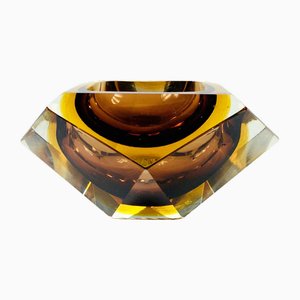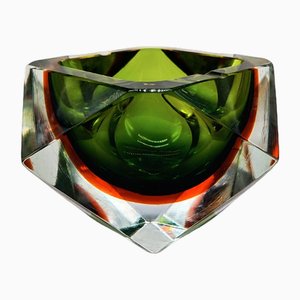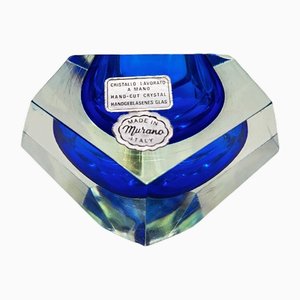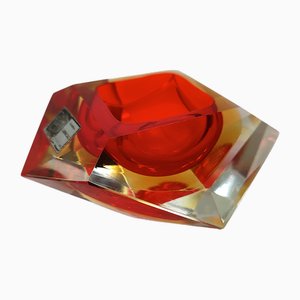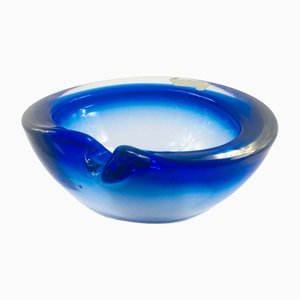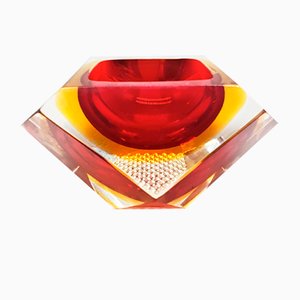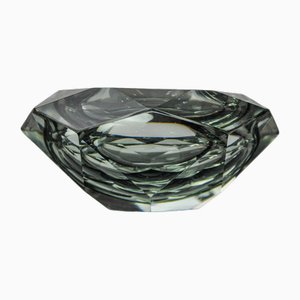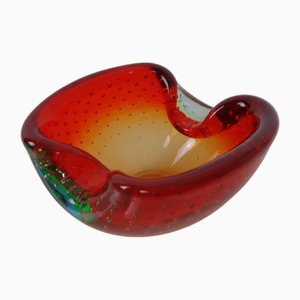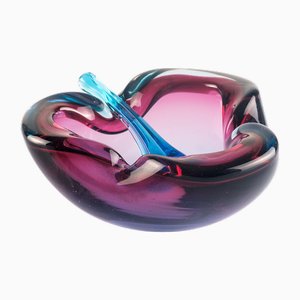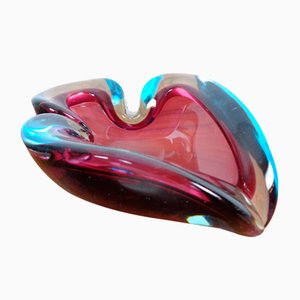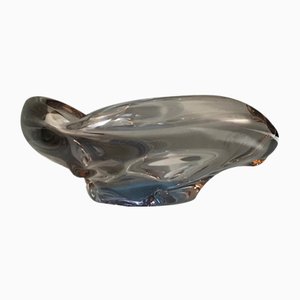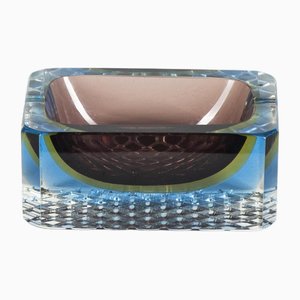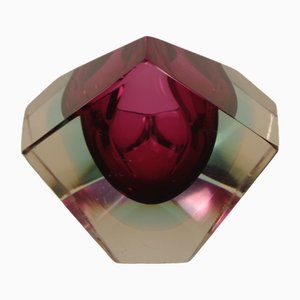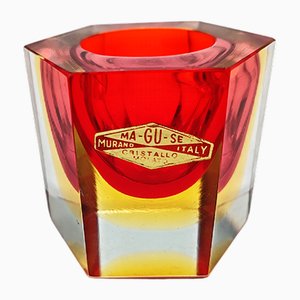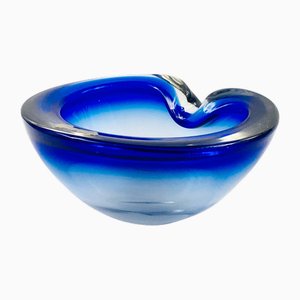
Italian glass artist Flavio Poli (1900-1980) is praised for his contribution to the development of Murano glass , championing a new style during the 1950s known as Sommerso, or submerged glass.
Poli was born in 1900 in Chioggia and was trained as a ceramist at the Istituto d'Arte di Venezia. In 1929, Poli began working as a glass artist at the IVAM (Industrie Vetraie Artistiche Murano) glass factory, where he designed large scale sculptures, animals, Novecento-style nude figures, bowls and urns in glass.
In 1934, Poli began working as a glass artist for the firm Barovier, Seguso, & Ferro (later known as Seguso Vetri d’Arte) in Murano. Within three years, he was made a partner and appointed Artistic Director of the company.
During his time at Seguso, Poli designed alongside Archimede Seguso (1909-1999) creating complex Murano Glass lighting installations. During the 1950s, the height of Polio’s career, he devised a style of 'submerged' glass, a technique made by overlapping different layers of glass, with diverse consistencies and colors. His series of hand-blown Sommerso glass pieces was awarded the Compasso d'Oro prize in 1954. Over the course of his career, he won five Grand Prix awards at the Milan Triennials, in 1936 for the glass panels Lo Zodiaco and La Mescita, and also in 1940, 1951, 1957 and 1960. His designs were also presented in various editions of Venice’s Biennale exhibition, as well as in the World Fair held in Brussels.
Poli left Seguso in 1963, and between 1964 and 1966, he led the artistic glass division at the Società Veneziana di Conterie e Cristallerie.
Poli passed away in 1984 in Venice. Many of Poli’s pieces can be found in museums around the world including in the Murano Glass Museum, the Museo Boncompagni Ludovisi in Rome, the National Gallery of Victoria, Australia, and the MoMA in New York.

